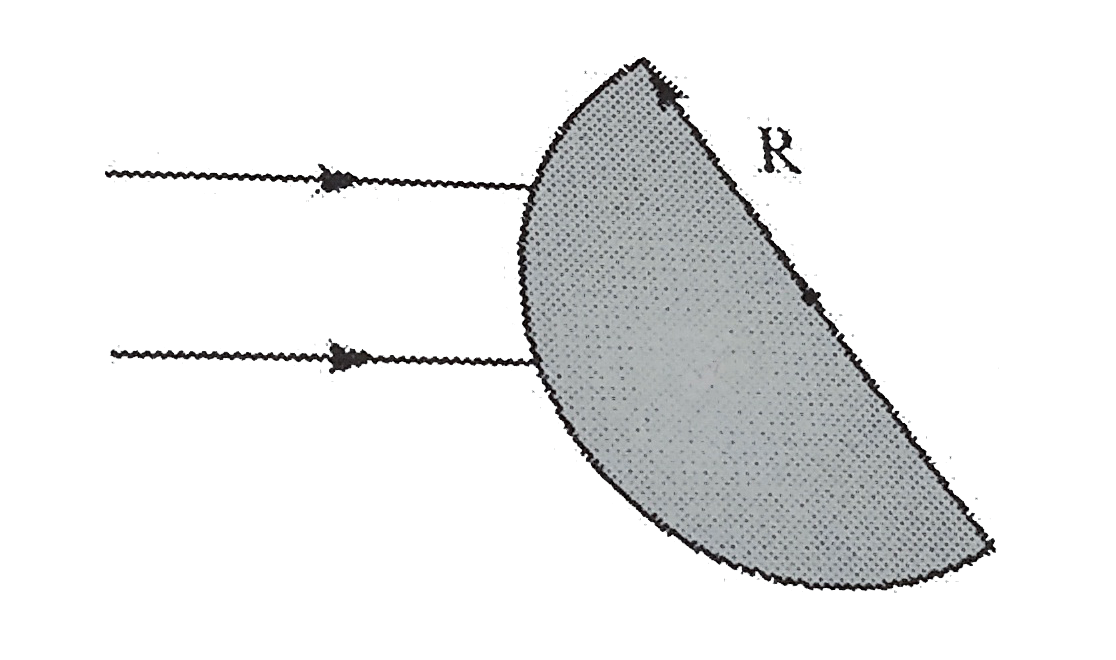A
B
C
D
Text Solution
Verified by Experts
|
Topper's Solved these Questions
PHYSICAL WORLD, UNITS & MEASUREMENT
DISHA|Exercise physics|45 VideosView PlaylistSEMICONDUCTOR
DISHA|Exercise PHYSICS|45 VideosView Playlist
Similar Questions
Explore conceptually related problems
Knowledge Check
A
B
C
D
Submit
A
B
C
D
Submit
A
B
C
D
Submit
Similar Questions
Explore conceptually related problems
DISHA-RAY OPTICS AND OPTICAL INSTRUMNTS-PHYSICS
- Which light rays undergoes two internal reflection inside a raindrop, ...
01:47
|
Play - When a plane mirror is placed horizontally on level ground at a distan...
01:57
|
Play - A parallel beam of light is incident on the surface of a transparent h...
01:45
|
Playing Now - A lens made of glass whose index of refraction is 1.60 has a focal len...
02:41
|
Play - A compound microscope has an eye piece of focal length 10 cm and an ob...
03:58
|
Play - For a prism kept in air, it is found that for an angle of incidence 60...
02:30
|
Play - A person can see clearly only upto a distance of 25 cm. He wants to re...
03:00
|
Play - An object is placed at a distance of 40 cm in front of a concave mirro...
01:49
|
Play - A vessel of depth d is half filled with a liquid of refractive index m...
02:43
|
Play - The following figure shows refraction of light at the interface of thr...
02:48
|
Play - Light travels in two media A and B with speeds 1.8 × 10^(8) m s^(–1) a...
02:56
|
Play - The refractive index of a glass is 1.520 for red light and 1.525 for b...
01:26
|
Play - Which of the following is not due to total internal reflection ?
03:31
|
Play - A body is located on a wall. Its image of equal size is to be obtained...
02:17
|
Play - A concave mirror forms the image of an object on a screen. If the lowe...
01:37
|
Play - A ray of light passes through an equilateral prism (refractive index 1...
01:18
|
Play - The power of a biconvex lens is 10 dioptre and the radius of curvature...
01:38
|
Play - A microscope is focused on a mark on a piece of paper and then a slab ...
03:17
|
Play - What causes chromatic aberration?
02:12
|
Play - The graph between angle of deviation (delta) and angle of incidence (i...
03:20
|
Play
